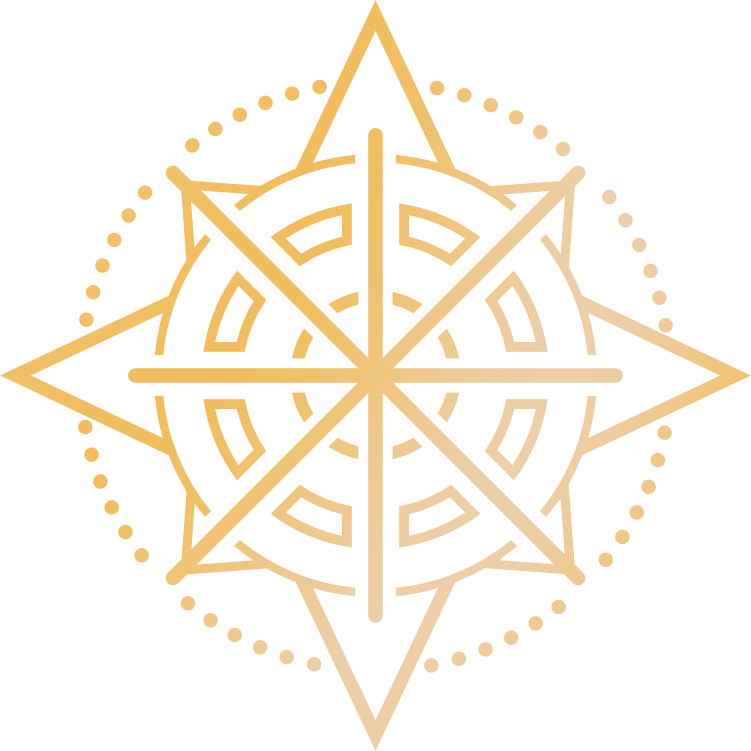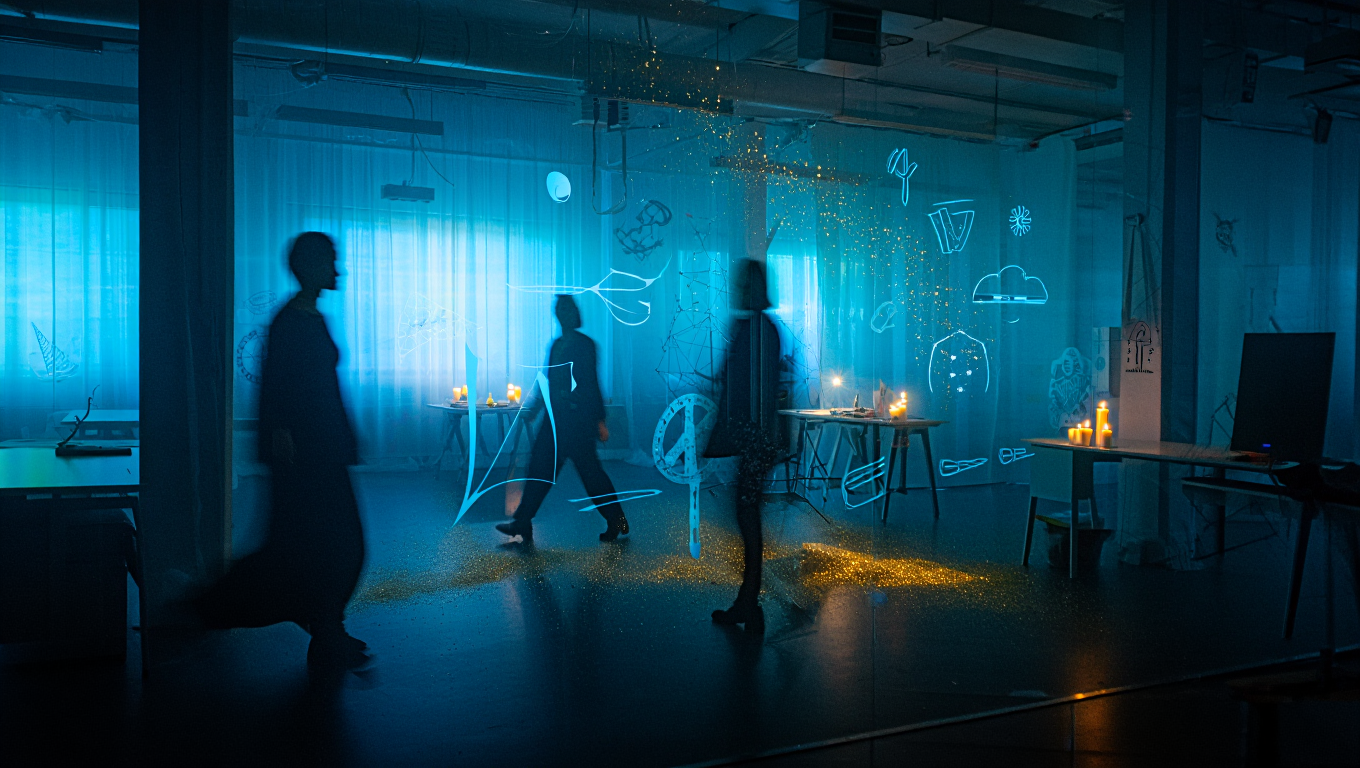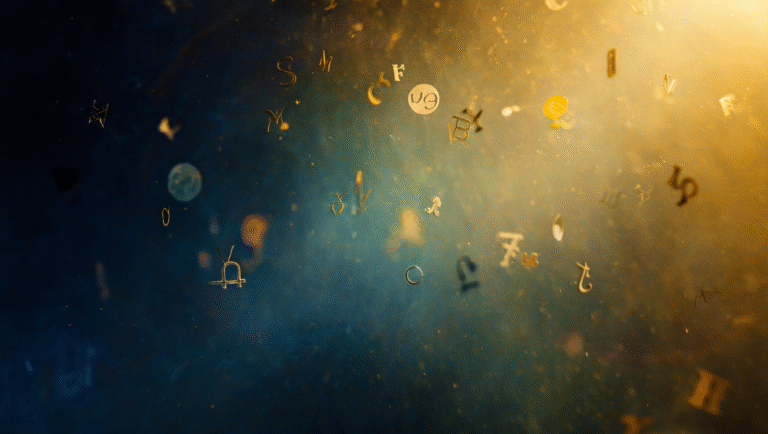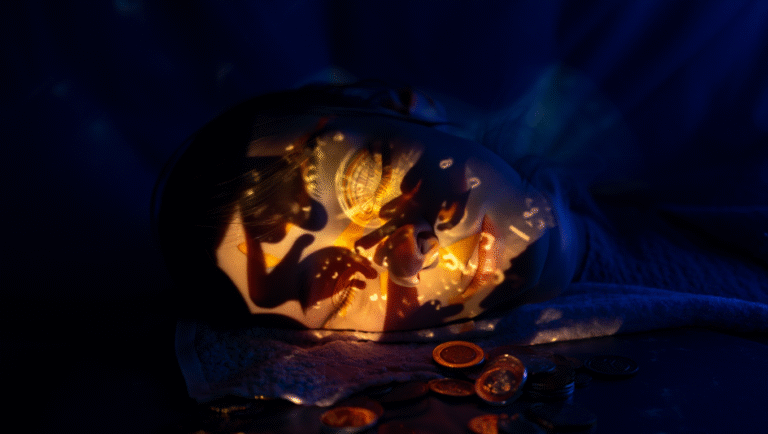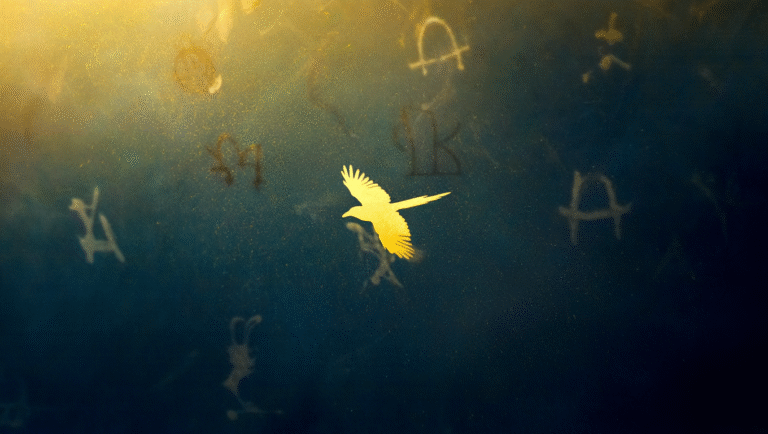Human Design in the Workplace
Ever wondered why some coworkers thrive in brainstorming sessions while others seem to light up during solo projects? If you’ve hit a wall with conventional personality tests, Human Design offers a fresh, practical approach to understanding workplace energy—not just for self-reflection, but for actually improving team dynamics. No woo-woo required.
What Is Human Design (and Why Should You Care at Work)?
Human Design blends elements of astrology, the I Ching, Kabbalah, and modern genetics. But before you roll your eyes: it’s less about “predictions” and more about actionable insights. Think of it as a user manual for your energy—how you make decisions, communicate, and collaborate.
In a team context, knowing your own—and your colleagues’—Human Design type can make meetings more productive, projects smoother, and feedback sessions way less awkward.
“It’s not about putting people in boxes. It’s about understanding the energy patterns that drive us.”
Quick Context: The 5 Human Design Types
- Manifestors: Initiators, good at starting projects.
- Generators: The workforce, thrive on doing and building.
- Manifesting Generators: Multi-taskers, hybrid of the above two.
- Projectors: Guides, efficient at seeing systems and improving them.
- Reflectors: Barometers, sensitive to the team’s overall mood and direction.
Case Study: Using Human Design to Solve Real Workplace Issues
Let’s talk about a real scenario. A tech startup was struggling: deadlines were missed, people were burned out, and “team-building” meant awkward pizza nights. Management decided to try Human Design—skeptical, but desperate.
After mapping out everyone’s type, they realized:
- Too many Projectors were buried in admin work (energy drain).
- The one Manifestor kept getting blocked by too many meetings.
- Generators felt unrecognized for routine tasks.
- The only Reflector was often overwhelmed by office drama.
With a few tweaks, things changed: Projectors got more strategic roles, the Manifestor had fewer check-ins, Generators received regular feedback, and the Reflector had a quieter workspace. Productivity (and morale) bounced back.
How to Use Human Design in Your Team: A 15-Minute Manager’s Guide
Ready to try this? Here’s a quick, science-friendly approach—no jargon, just steps.
Step 1: Find Out Everyone’s Energy Type
- Ask your team to grab their birth date/time/place. (Respect privacy—this is optional!)
- Use a reliable tool like MyBodyGraph or Genetic Matrix for free charts.
- Make a simple spreadsheet of who is which type.
Step 2: Map Energy to Roles
- Manifestors: Give them green light to start things, limit unnecessary oversight.
- Generators/Manifesting Generators: Involve them in ongoing projects; check in often, recognize their effort.
- Projectors: Assign them to planning, coaching, or improving systems. Limit repetitive tasks.
- Reflectors: Let them give feedback on team mood, culture, or big changes.
Step 3: Adjust Meetings & Feedback
- Generators: Short, clear meetings. Action items are key.
- Projectors: 1:1 feedback, space for strategic input.
- Manifestors: Summary emails work better than long meetings.
- Reflectors: Allow time for them to process before making big decisions.
Human Design Types at a Glance
| Name | Key Feature | Best Role in Team | Potential Pitfall |
|---|---|---|---|
| Manifestor | Initiates action, independent | Project starter, innovation | Can seem abrupt or unapproachable |
| Generator | Sustainable energy, builder | Execution, process management | Risk of burnout if unrecognized |
| Manifesting Generator | Fast, multi-tasking | Rapid prototyping, agile roles | May skip steps or get scattered |
| Projector | Sees systems, guides others | Coaching, process improvement | Fatigue with repetitive work |
| Reflector | Mirrors team energy | Culture check, feedback provider | Overwhelm in high-stress teams |
Cheat Sheet: 15-Minute Human Design Team Audit
- Get everyone’s type (use MyBodyGraph).
- List current roles and tasks.
- Ask: Who’s energizing whom? Who’s drained?
- Adjust roles based on type (see table above).
- Check in weekly: What’s working? What’s not?
Tools & Resources
- MyBodyGraph — Free Human Design charts.
- Genetic Matrix — More advanced charting.
- Understanding Human Design by Karen Curry — Great entry-level book with work-related advice.
- The Definitive Book of Human Design — More in-depth, for HR or leadership.
Product Picks for Teams
- Team Human Design Card Deck — Quick reference for meetings. Pros: Fast, visual. Cons: Not super detailed. Best for: Managers, coaches.
- Desk Crystals Starter Pack — For a team energy boost. Pros: Affordable, low-effort. Cons: Not a substitute for good management! Best for: Teams open to trying new things.
Final Thoughts: Human Design Is a Tool, Not a Rule
Bottom line: Human Design won’t solve every workplace issue, but it can help managers and teams get unstuck. Use it as a conversation starter, a way to reframe roles, and—most importantly—to respect everyone’s unique energy. Science and intuition don’t have to be enemies.
“You don’t have to believe in everything for it to be useful. Try, tweak, and keep what works.”
This post may contain affiliate links. If you purchase through them, it won’t cost you extra, but it helps keep this site running.
Thank you for reading! If you have questions about applying Human Design at work, want more actionable guides, or need help choosing the right resources for your team, feel free to reach out or explore the recommended tools above. Remember, any workplace tool is only as good as the intention and thoughtfulness behind it—experiment, adjust, and see what truly fits your unique team culture.
